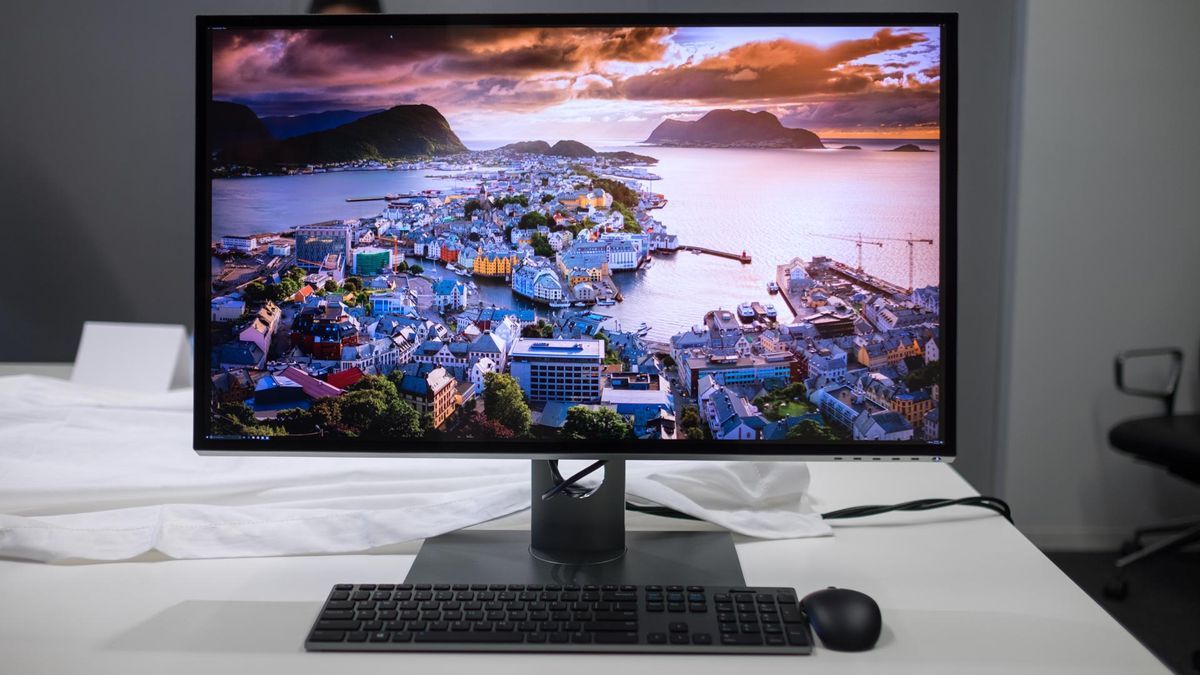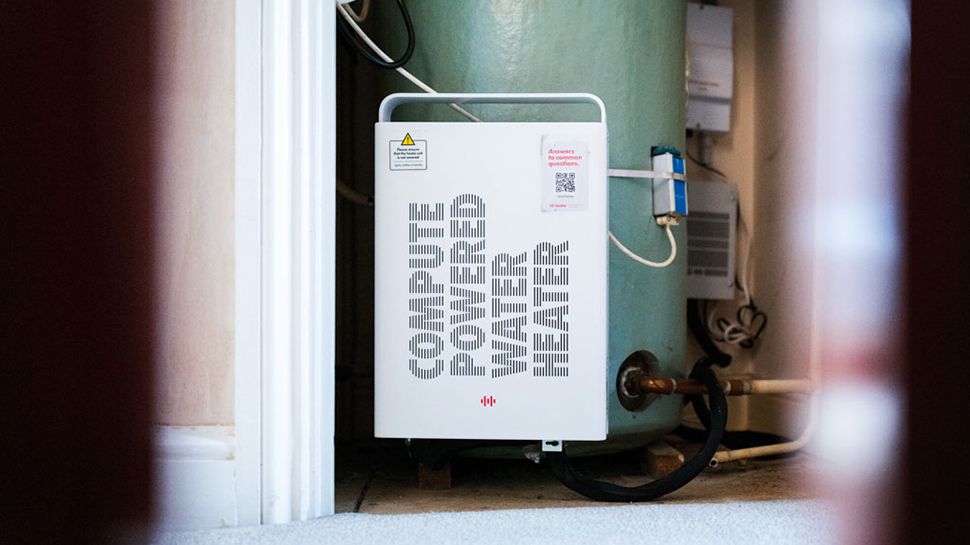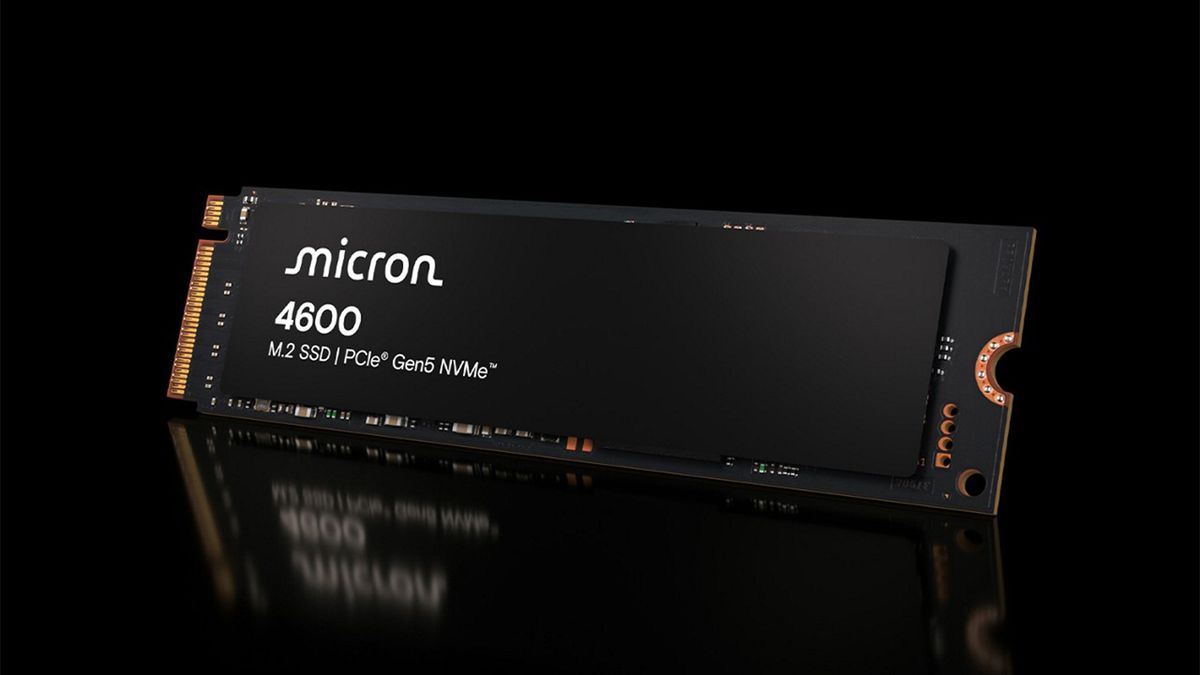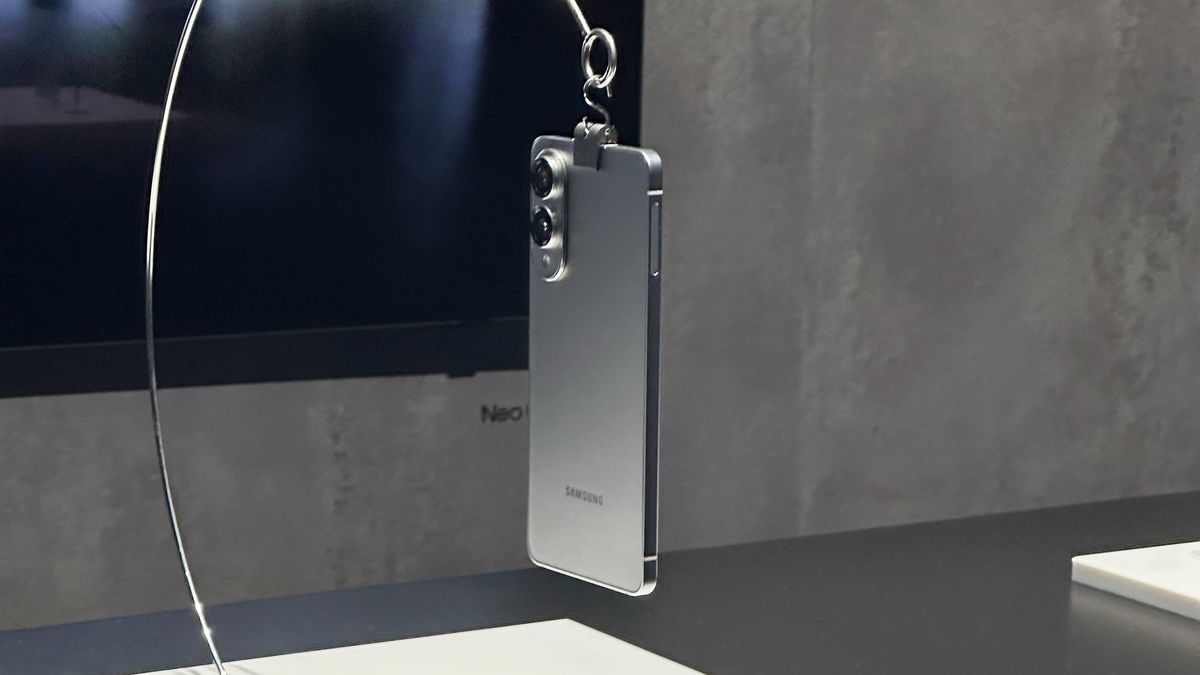I can confess that I have been a huge cheerleader for 8K resolution on desktop monitors for years. After all, why not? The geometric progression of resolution that saw the number of pixels – and the average size of screens – increase over the past decade from full HD to 4K has allowed consumers and businesses to benefit from virtual multi-screen displays. Remember that a single 43-inch 4K monitor is the equivalent of four full HD 21.5-inch monitors, without the trouble of getting extra cables and monitor arms.
So when Dell launched its first (and still only) 8K monitor six years ago (yes, six), I was expecting the floodgates to open, especially as it retails for several thousand British pounds/US Dollars/Australian Dollars. The UP3218 remains the only 8K monitor and ironically is already obsolete as it doesn’t support HDMI 2.1. Almost a year ago, I wrote that I don’t believe 8K monitors will ever go mainstream, now I am not even sure there will be many 8K monitors launched.
And just to reiterate, I’m talking of true 8K monitors available for sale; not dual UHD models like the gorgeous Samsung 57-in Odyssey Neo G9 or paper launched ones like the Asrock PG558KF or Viewsonic VP3286-8K. Businesses have plenty of 8K display products available and while consumers with very deep pockets can certainly afford them, that’s not their primary audience.
Is 8K the new 3D?
My colleague Al Griffin penned an oped last year titled “8K TVs were supposed to be the next big thing – what happened?” where he pointed out that “8K TV started off with a degree of hype that it failed to quickly live up to”. I can’t see that changing for computing and for entertainment. The demand – and yes it’s just about that – is simply not there, regardless of what reports research analysts put out.
Back in 2021, when we were coming out of the lockdown, prices of 8K TV reached an all time low that they never really recovered from. The now-discontinued LG NANO956NA, a 55-inch 8K TV, sold for £679 or (around $940, AU$1,300 back then). At the time of writing, the cheapest 8K TV – and by extension 8K monitor – is a 65-inch LG model from 2021 at just under $1,500. The obvious issues with it for a productivity/consumer use case are (a) it is far bigger for most desks out there and (b) it is an old model and is being cleared out, hence the price.
At the time of writing, LG, one of the 8K pioneers, has barely any 8K TV models listed on its various sites globally (see US, UK), a proof perhaps, of the general sentiment manufacturers have for what was once a promising technology. As for that 10K HDMI cable, well, Amazon sells Snowkids for less than $10.
A small anecdote to conclude: I reached out to a couple of accessory manufacturers that produce 8K-compatible docking stations and USB hubs and asked them what 8K monitor they used when they tested these devices. They couldn’t find any compatible 8K monitors, they told me, so they used 8K TVs instead. I rest my case.





